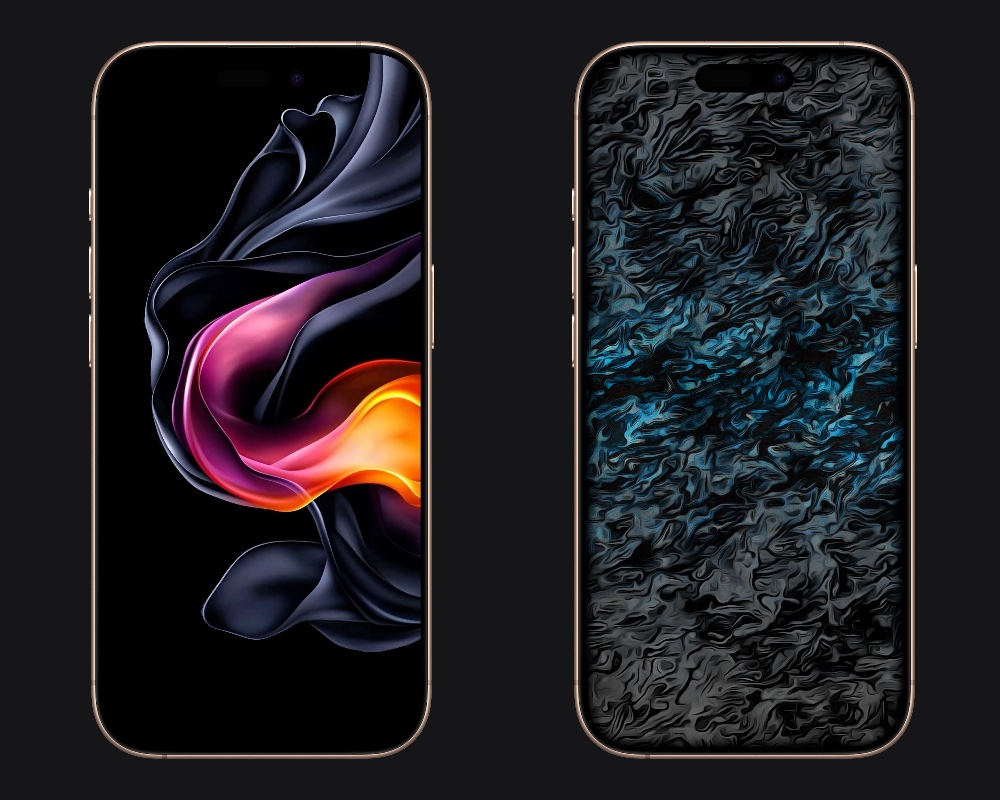Kenneth J. Libbrecht He is a physicist and professor Caltech University (Caltech), where he studies the molecular dynamics of crystal growth. This includes crystals of all types, but their specialty is those that make up snowflakes. His passion for this discipline is such that he even came to make snowflakes yourself like a real artist.
He shows what he does on a website where he distributes his work and also teaches some tricks to those who want to emulate him. Start with the simplest things by teaching how to make snowflakes out of paper, but then the difficulty increases until he explains how he manages to create real ice crystals using beautiful designs.
This is difficult and requires very expensive equipment. However, there are plans to add some simpler procedures to the page in the future. It also shows how you can preserve your snowflake forever using just superglue, a small paintbrush and a lot of patience. Considering how much he knows about snowflakes, it’s no surprise that he was Disney Consulting Scientist for creating Frozen.
The scientist who can make snowflakes
Snowflakes do not form when water freezes. This, as Libbrecht explains on his website, is known as wet snow.
Snowflakes actually form when water vapor condenses directly to form ice crystals, which cluster around the core, forming hexagonal structure. This may vary depending on many conditions. But usually it is always a six-legged snowflake, more or less symmetrical.
All this happens in nature when Humidity and temperature conditions They are correct. But this can also be simulated in the laboratory. Libbrecht considers himself an artist. The only one in the world who tried to make snowflakes and which actually have very different structures. They can’t be changed beyond the basic structure, but you can make some changes and even play with light to make them appear different colors.
The basis of their work is to drop many simple hexagonal ice crystals onto the surface. sapphire surface. Once there, moist air is blown around it, and cameras in real time record how the snowflake gradually grows. All this happens at a very low temperature, so a recirculating refrigerator with a capacity of 5000 dollars. He also uses several temperature controllers, each costing $2,000, and equally expensive equipment that allows him to monitor the process and photograph the results.
If you can’t make them, at least save them.
Making snowflakes the way he does is difficult and expensive. But we can keep it if we live in a place where it usually snows.
To do this you need to use slide and cover glass similar to those used in microscopes. You can buy them online and they are not very expensive.
These crystals must be kept very cold, but without snow falling directly on them. Once they reach the desired temperature, a dark cloth or cardboard, also cold, is used and placed directly in the snow shower. Under no circumstances should they be lifted from the ground, because their structures there are already disorganized. After collecting a few snowflakes, they look at them under a large magnifying glass and select the ones they want to keep so that pick them up carefully with a small brush.
Once this is done, they are dropped onto a glass slide and covered with a drop of superglue. A cover slip is then carefully placed on top. There may be a drop of air left behind, but this is normal. Once this is done, our snowflake is saved. Of course, it is important to do everything outside, at snow temperatureand be careful with the heat of your hands and even your own breath. If the snowflakes keep falling apart, maybe we should try a cooler day.
On his website, this physicist also explains how to photograph these structures. He even warns that he will soon explain how to make snowflakes in an easier way. We will all wait; Well, without a doubt, this should be quite an exciting experience. After all, not everyone lives in a climate that allows snowflakes to persist. It’s better to make them from scratch.
Source: Hiper Textual














